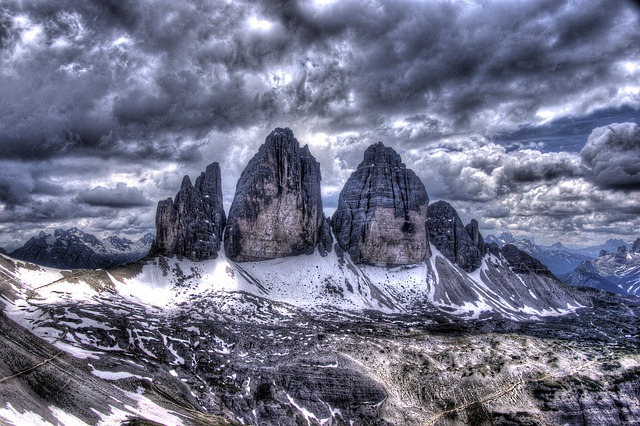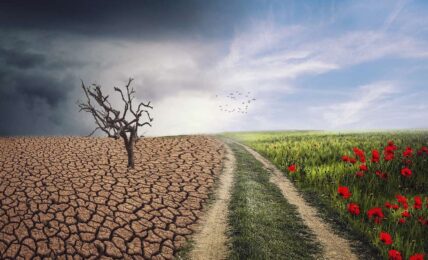La Geoestetica: l’intelligenza estetica della terra. La natura in noi anche in un libro di Salgado
Tutte le cose in natura tendono a sviluppare al massimo le loro potenzialità, occupando tutto lo spazio che devono e che possono, tutto lo spazio che gli occorre per “essere”.





